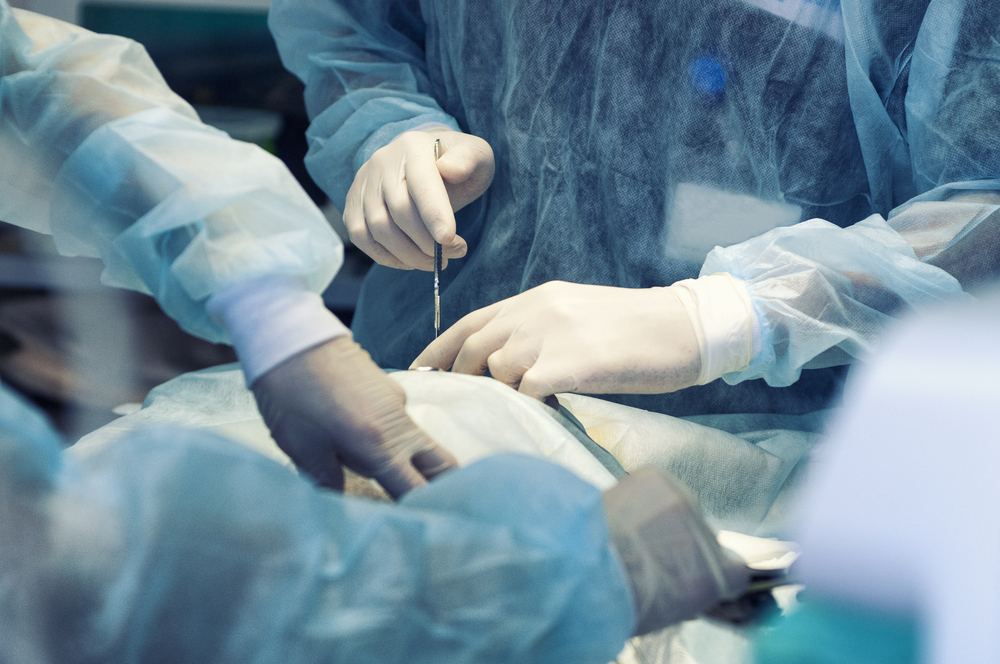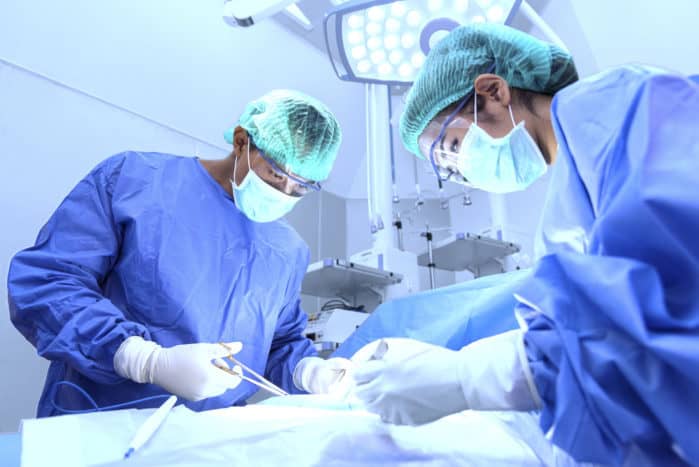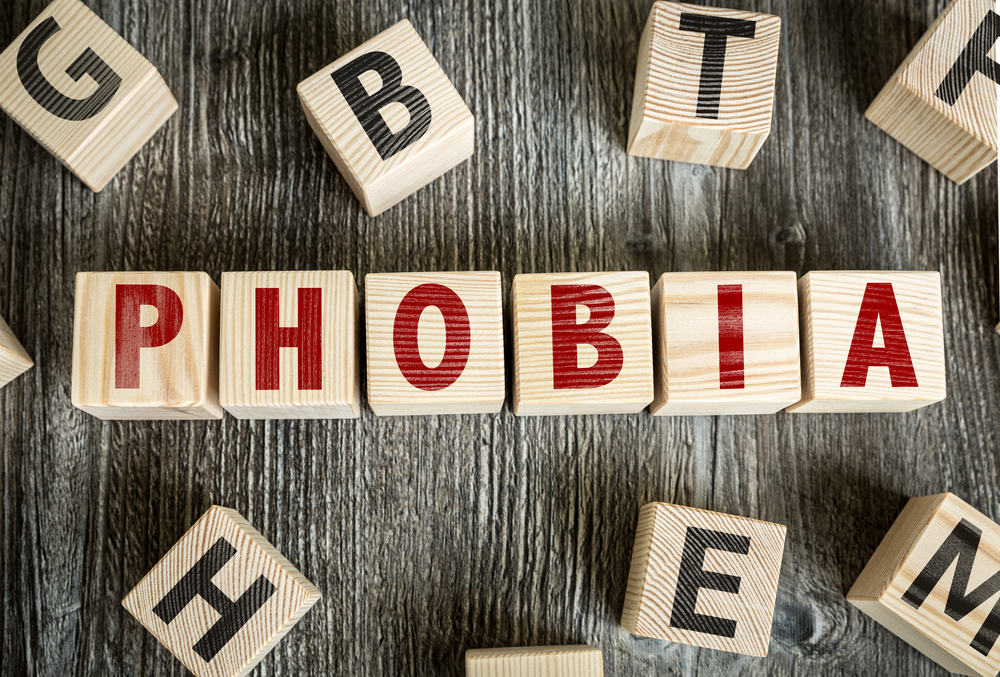Contents:
- What is a surgical wound infection?
- What causes surgical wound infections?
- Apparently, there are risk factors that increase SSI's opportunities
- How dangerous are surgical wound infections?
- This problem also causes large material losses
When you do surgery or surgery, of course the main goal is to improve the functioning of the body that is problematic and to optimize the work of the organs. Unfortunately, surgery that should run smoothly with optimal results can sometimes lead to surgical wound infection (ILO).
Surgical wound infection, which in medical language is calledSurgical Site Infections(SSI), is an infection that occurs in the former area of operation. Can not be underestimated, according to Dr. Adianto Nugroho, Sp.B-KBD, as a surgeon and digestive surgery consultant, at the SSI prevention symposium at Siloam Karawaci Hospital held by PT. Johnson & Johnson Indonesia, on August 20, 2018, explained that the number of SSI cases in Indonesia could reach 5-8 percent.
This number is quite high considering the infection of the surgical wound can cause a danger that is not playful for the health of the body.
What is a surgical wound infection?
Surgical wound infection or SSI, is arguably a health problem that still lurks medical personnel and patients throughout the world. In some cases, SSI may only involve infection of the skin. But in more severe cases, SSI can even attack organs and tissues under the skin.
SSI can occur in several surgical procedures, for examplecolorectal, gastrointestinal, heart and blood vessels, nerve, skin, orthopedic, and uterus. If it is pursued more closely, the highest SSI cases are reported in the surgical procedure colorectal, orthopedics, and uterus.
What causes surgical wound infections?
When met in Cikini, Menteng, Central Jakarta (21/8), Prof. Charles E. Edmiston, Jr., PhD., CIC, a surgeon from the Department of Surgery, Medical College of Wisconsin Milwaukee, Wisconsin, USA, explained that SSI is caused by the presence of bacteria that invade the former incision area of the operation.
These bacteria can come at any time, either during the operation or after the surgery. Generally, bacteria will develop into a wound in the surgical incision within 30 days after the operation process. Any type of bacteria can actually easily perch and settle in this surgical incision scar.
However, Prof. Edmiston further said that bacteriaPseudomonas is the bacteria that most often results in SSI. A humid room or place is a favorite place for bacteria to livePseudomonas. That is why this bacterium is thought to be able to contaminate the air in the operating room, which can eventually infect the surgical wound.
Apparently, there are risk factors that increase SSI's opportunities
The risk of a patient who has undergone surgery to experience SSI will also increase if accompanied by several supporting risk factors.
"Smoking, diabetes, and excess weight are the three most common risk factors, and both occur in Indonesia and in the United States." Prof. Edmiston further
In addition, Dr. Siusanto Hadi, SpB-KBD, as a digestive specialist at the Siloam Hospital in Surabaya, who was also met in Cikini, Menteng, Central Jakarta (21/8), adding that in Indonesia there are still other risk factors that are equally important resulting in SSI in operating patients.
According to him, air contamination that occurs in the operating room, patient's personal hygiene, and the adequacy of the patient's body nutrition before the operation are some of the things that contribute to the SSI case in Indonesia.
How dangerous are surgical wound infections?
For those of you who have just heard of an surgical wound infection or SSI, you might think that this condition is not too dangerous and can be treated immediately with the provision of special medicines. Actually, for SSI cases that are still relatively mild, it can be treated immediately to prevent the infection from getting worse.
Antibiotic treatment is an option usually performed in postoperative patients who have SSI. Even so, Prof. Edmiston then added that the administration of antibiotics cannot always heal wounds on the former surgical incision. This is because there are bacteria that are already resistant to antibiotics, causing more severe infections.
As explained earlier, infection can not only occur on the skin, but can also harm organs and tissues in it. If this happens, antibiotics alone may not be able to restore the infection. Other options fell on continued operations, reported from the CDC website as a center for disease control in the United States.
The worst possibility for cases of surgical wound infections that have developed more severe, which can lead to death.
This problem also causes large material losses
Again, surgical wound infections are not a mild problem because they not only harm the patient's health, but also the cost of care, the time of recovery of the patient, and the health services that handle the operation process. Why?
"Overall, the costs charged for operations in normal patients and patients with SSI will be very different. Patients who experience surgical wounds must have to pay operating costs several times more than patients with normal health conditions, "said Prof. Edmiston.
This statement is also evidenced by a study published in the 2016 International Journal of Public Health Science, which compares the cost of caesarean section in normal patients and patients with SSI. Sadly, the difference in the total operating costs of these two patients could reach 1,300 USD, aka 18.3 million rupiah!
The numbers are quite astonishing, right? Not only that, SSI's losses will also be received by the health services because they are considered to be less competent to be able to cause injuries in the former surgical incision.
That is why, compared to having to spend a lot of time, energy, and costs if you have already experienced an infection in the former surgical incision, there is no harm in preventing it before this condition actually occurs.













